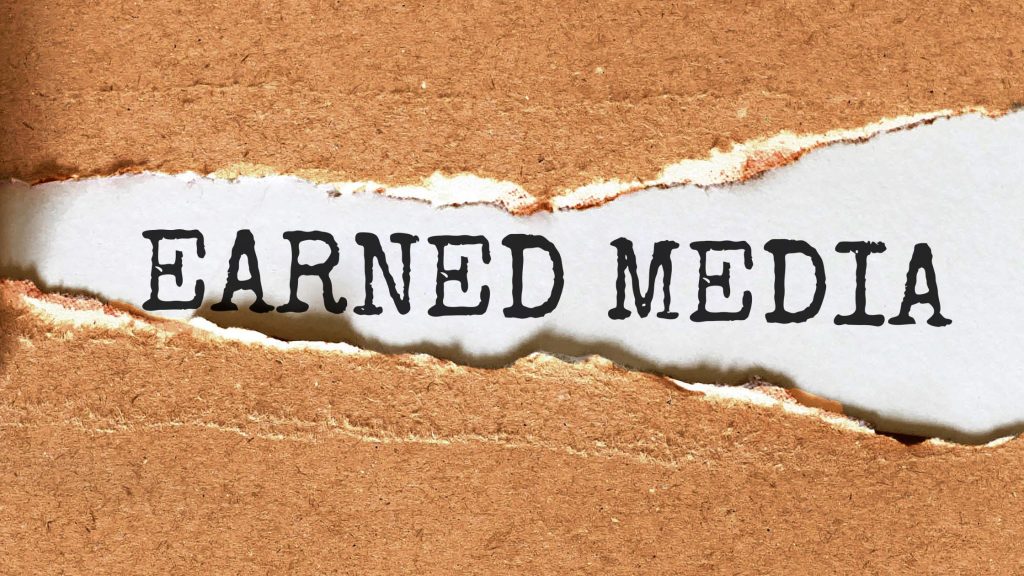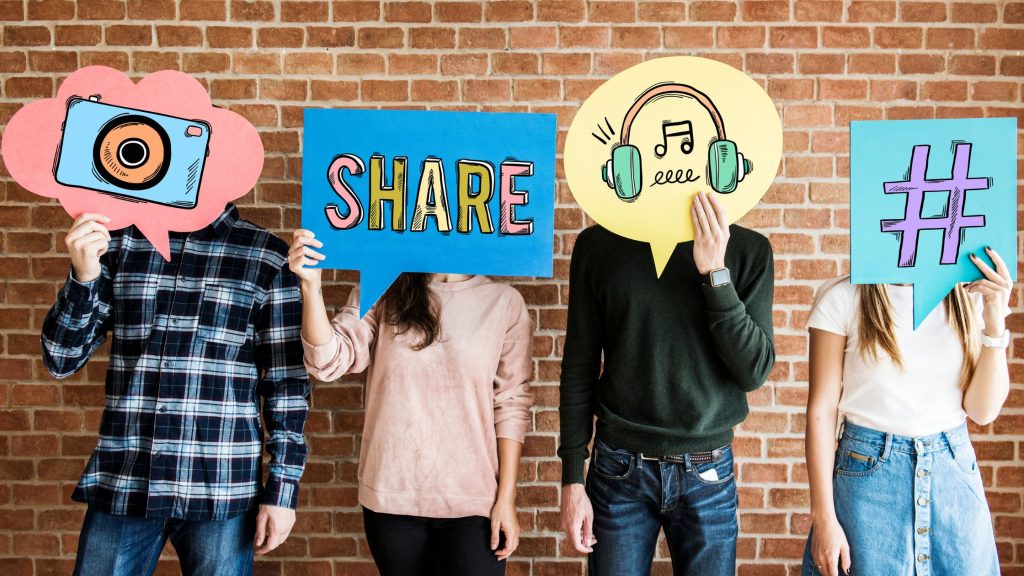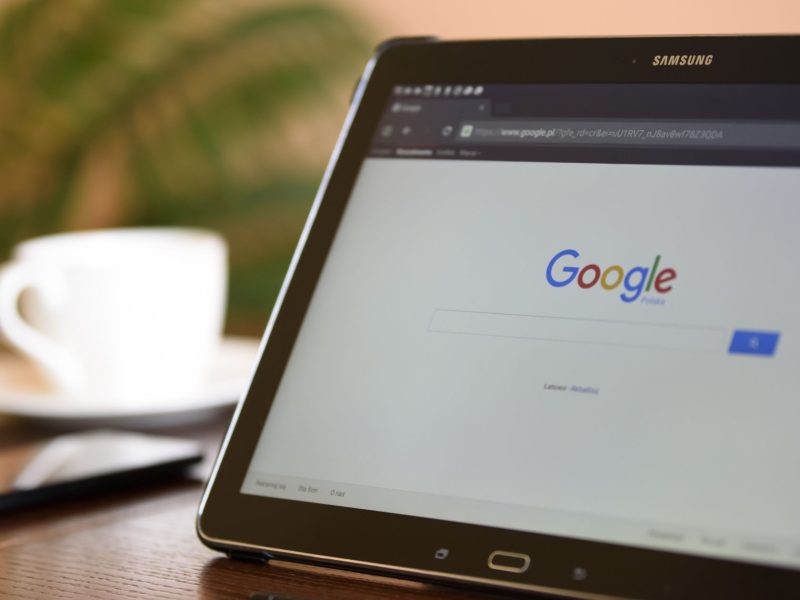The PESO model is a modern framework designed to help organizations create a well-rounded communication strategy that leverages multiple channels and touchpoints to reach their target audience effectively. PESO stands for Paid, Earned, Shared, and Owned media.
Implementing a balanced mix of these four elements can amplify your marketing efforts and help you reach audiences in multiple ways.
In this comprehensive guide, we’ll break down what each element entails along with real-world examples.
Elements of the PESO Model
1. Paid Media
Paid media refers to any marketing channel where you pay to reach your target audience. This is a broad category that has expanded with the rise of digital advertising.
Traditional examples of paid media include:
- Print, TV, radio, and out-of-home advertising
- Pay-per-click ads
- Sponsored content in magazines and newspapers
Newer paid digital tactics include:
- Search engine marketing (Google Ads)
- Social media ads (Facebook, Instagram, LinkedIn, Twitter)
- Native advertising
- Digital billboards
- Influencer marketing
- Email marketing
- Retargeting campaigns
Brands use paid media to control messaging and maximize visibility. You can target paid ads to precise demographics and placement. The downside is cost, especially for highly competitive keywords.
Example: An e-commerce company runs Google shopping ads to target people searching for specific products. They also use Facebook ads with lead generation forms to collect emails for future marketing.
2. Earned Media
Earned media refers to the attention and exposure you “earn” through various efforts, such as media coverage, press mentions, or word-of-mouth marketing. It’s the result of your organization’s interactions with the public and media outlets. Earning media is a testament to your brand’s credibility and value.

Types of earned media placements include:
- News and magazine features
- TV news segments
- Newspaper articles
- Radio interviews
- Podcast guest spots
- Blogger reviews and coverage
- Influencer social media posts
The benefit of earned media is credibility. Coverage by trusted publications and personalities lends authority. But you lose control over details and messaging.
Example: A startup pitches its new mobile app to tech journalists, resulting in articles published on TechCrunch and Mashable. This earned media builds awareness.
3. Shared Media
Shared media is all about social interaction and engagement. It includes the content you share on social media platforms, user-generated content, and conversations around your brand in online communities. You as a brand create content designed to be organically shared. Shared media fosters community and amplifies your brand’s message through the power of social sharing.
Examples of shared media in action:
- Viral social posts
- User reviews on Yelp, Amazon, etc.
- Customer photos and videos
- Brand mentions on social media
- Reviews and unboxing videos
- Social media contests and campaigns
Having followers actively engage and spread branded hashtags and messages extends your reach. But it can be difficult to make things go viral.
Example of Earned Media: An athleticwear brand gets users to share photos of themselves working out in branded gear using a campaign hashtag. This user-generated content markets the brand and is referred to as earned media.
4. Owned Media
Owned media encompasses the communication channels that your organization controls entirely. This includes your website, blog, email newsletters, and any other platform where you have full autonomy. Owned media is the foundation of your brand’s online presence and content strategy.
Types of owned media assets include:
- Website pages and blogs
- Instructional videos
- Whitepapers and ebooks
- Podcasts
- Newsletters and email lists
- Branded social media profiles and posts
- Mobile apps
Owned platforms allow you to directly communicate with customers. You dictate messaging and presentation. But you have to invest in constantly creating fresh, high-quality content.
Owned Media Example: A food brand publishes recipes, how-to cooking videos, and blog articles on its website to establish expertise and regular traffic.
Implementing the PESO Model

1. Integration is Key
The PESO Model emphasizes integration among the four media types. A successful communication strategy often involves a blend of paid, earned, shared, and owned media to maximize impact. Ensure that your communication efforts across these channels are cohesive and aligned with your brand’s messaging.
2. Know Your Audience
Understanding your target audience is fundamental. Tailor your messages and choose the appropriate media channels to reach your audience where they are most active and receptive. Each media type may resonate differently with different demographics.
3. Measure and Adapt
Regularly monitor and measure the performance of each media type in your strategy. Use key performance indicators (KPIs) to assess the effectiveness of your efforts. Based on the data, adapt your strategy to optimize results continually.
Real-Life Application of the PESO Model: Launching a New Product
Let’s say you’re part of a marketing team tasked with launching a new product. To effectively use the PESO Model:
- Paid Media: Invest in targeted social media ads to create buzz around the product launch.
- Earned Media: Reach out to influential bloggers and journalists to review the product and generate media coverage.
- Shared Media: Encourage customers to share their experiences with the product on social media, using a unique hashtag.
- Owned Media: Publish informative articles and videos about the product on your website and send newsletters to your subscriber list.
By implementing a well-rounded strategy that combines paid, earned, shared, and owned media, you can generate excitement and interest in your new product from various angles.
Also Read: Guerilla Marketing Examples
Conclusion
The PESO Model offers a strategic framework for modern communication and public relations efforts. By understanding and effectively using paid, earned, shared, and owned media, organizations can reach their audience more comprehensively and impactfully. Remember, it’s not just about using one media type; it’s about integration and synergy among all four.
So, the next time you embark on a communication or PR campaign, consider the PESO Model. It can act as your brand’s compass to navigate the ever-evolving media landscape and connect with your audience on multiple fronts.’Combined with the 4Ps & 7Ps of marketing and other marketing strategies, this can do wonders.


